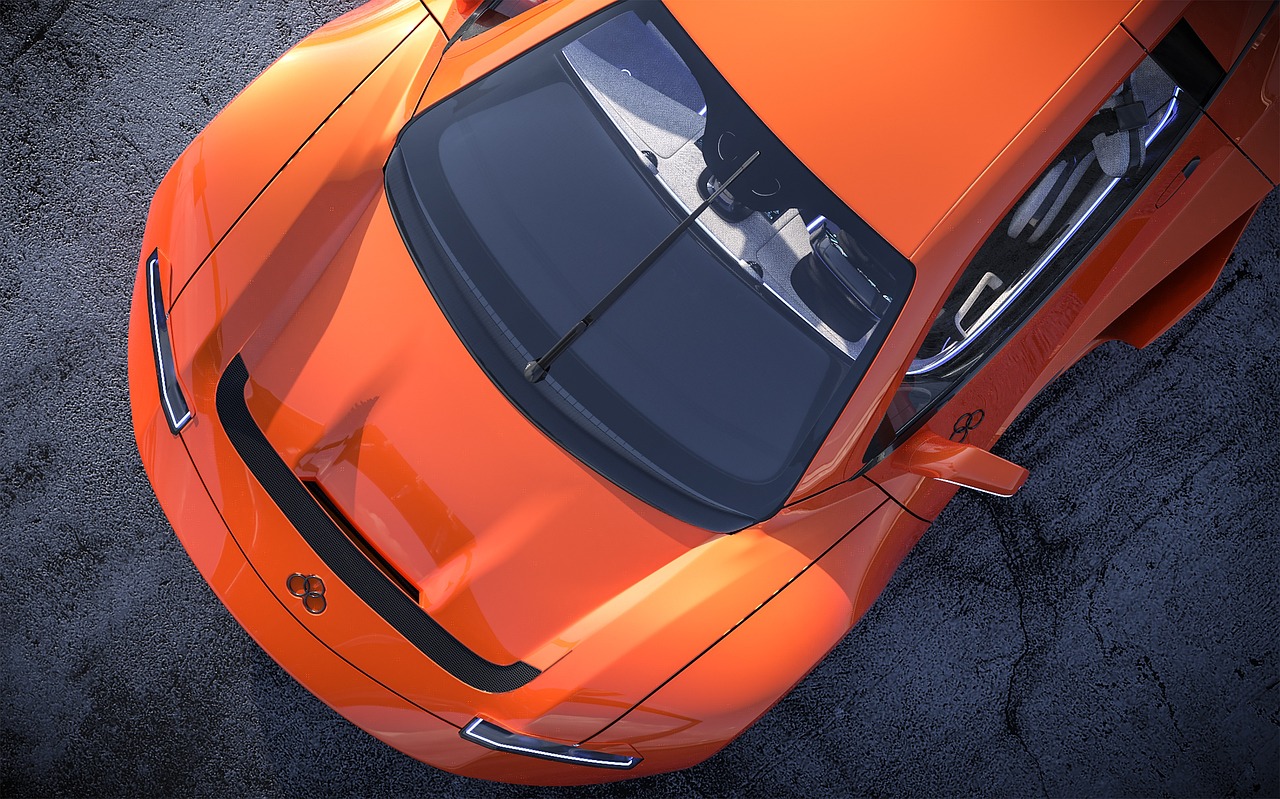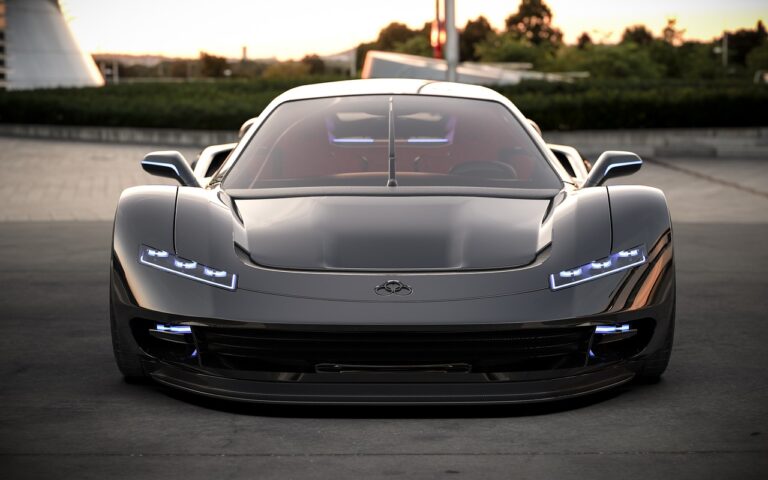The Impact of Electric Cars on the Grid
The increasing adoption of electric cars is placing a new demand on the electricity grid. As more and more vehicles switch from traditional gasoline-powered engines to electric motors, the grid is experiencing a surge in energy consumption. This shift in energy consumption patterns is one of the key factors affecting the grid with the rise of electric cars. With the growing popularity of electric vehicles, the grid must be able to accommodate the increased demand for charging infrastructure.
In addition, the timing and location of electric car charging sessions can also impact the grid. If a large number of electric vehicles in a particular area all plug in to charge at the same time, it can strain the local grid and lead to potential overloads. This clustering effect of electric vehicle charging times can further exacerbate the challenges faced by the grid as it tries to meet the evolving energy needs of the population.
Challenges posed by increased electricity demand from electric vehicles
The increasing popularity of electric vehicles (EVs) has brought about new challenges for the grid. The surge in electricity demand from these vehicles poses a significant strain on the existing infrastructure. With more and more EVs hitting the roads, the pressure on the grid to meet the growing energy needs is becoming evident.
As the number of electric cars on the roads continues to rise, grid operators are faced with the task of ensuring stable and reliable electricity supply. The peak charging times for EVs often coincide with peak electricity demand periods, leading to potential issues such as overloading and voltage fluctuations. Grid modernization and strategic planning are essential to address these challenges and ensure a smooth transition towards widespread electric vehicle adoption.
Potential solutions to manage the strain on the grid caused by electric cars
One potential solution to alleviate the strain on the grid due to the increasing popularity of electric cars is the implementation of smart charging technology. This technology enables electric vehicles to charge during off-peak hours when electricity demand is typically lower, thereby reducing the burden on the grid during peak times. By coordinating charging schedules based on grid capacity and demand, smart charging can help maintain grid stability and minimize the risk of overloading.
Another effective solution involves the deployment of vehicle-to-grid (V2G) systems, which allow electric cars to not only draw power from the grid but also to feed excess energy back into the grid when needed. By turning electric vehicles into mobile energy storage units, V2G systems can help balance supply and demand on the grid, especially during peak periods. This two-way flow of electricity can enhance grid flexibility and resilience, paving the way for a more sustainable and efficient energy system.





